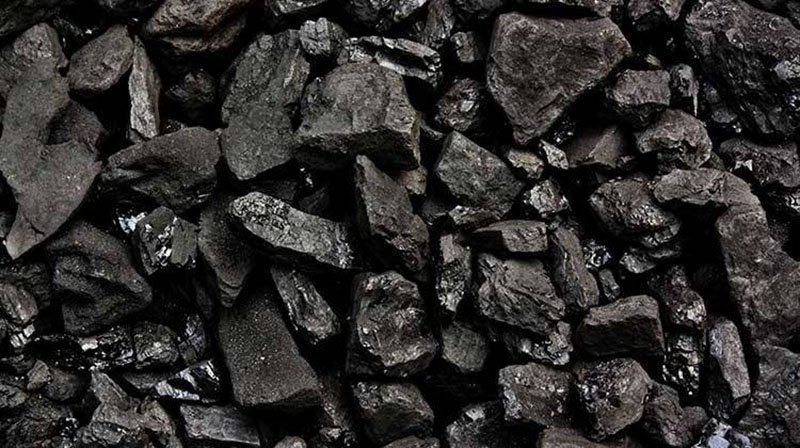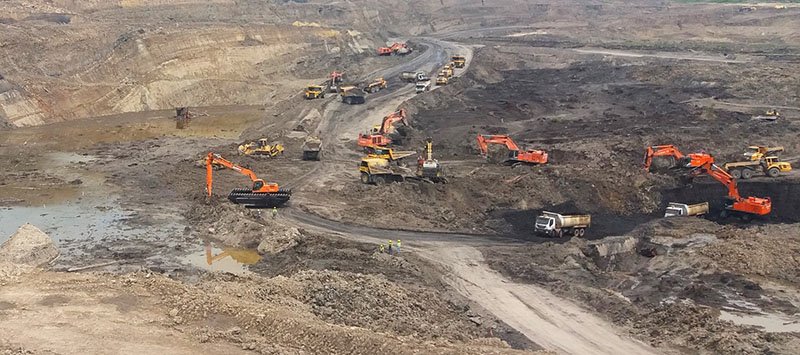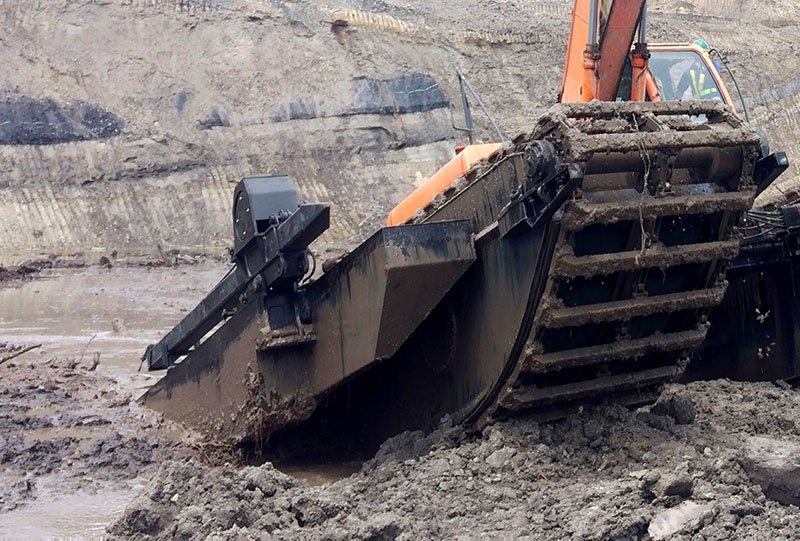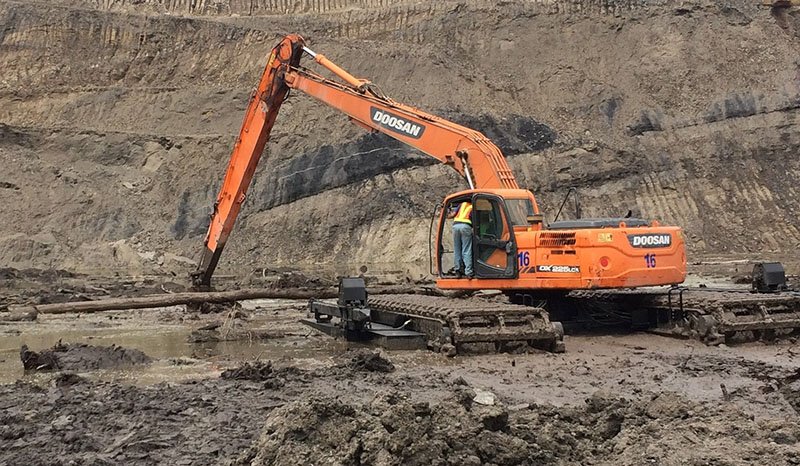The word coal is usually connected to dirty in environmentalists’ mind. Due to its high carbon nature, coal is often marked as the most polluted energy. However, coal is still as precious as gold to millions of people from different continents whose life are highly dependent on it. Other main energy like natural gas, less polluted though, is easily affected by the world market price, while coal is still one of the cheapest energy, whose cost is much lower than nuclear energy, natural gas and oil.
The consistent pursuit of clean and renewable energy encourages scientists from all the world to compete in new technology development. These technologies are supposed to be more friendly to the environment. But before achieving economically feasible widely in the world, fossil fuel energy will still keep its main energy status.
The UN estimates that till 2100, the world population will increase from the current 7.6 billion up to 11.2 billion, which means the requirement for energy will keep growing–we need to face not only the requirement of the higher population, but also other urgent needs ensued. Many developing countries have quicken their urbanization steps. At least in Asia, they are building new coal-fired power plants and definitely they’ll build more.
Whenever there is requirement, there will always be balanced supply. The usage of coal has created jobs for cement production, transportation industry, public utility and coal ash treatment, etc. In last programme of the Site Journalist we introduced RIVER Amphibious Excavators which can help effectively manage and recycle the coal ash residue to make it meet the EPA laws and regulations.
Some interesting facts: The top 10 coal producing countries are China, US, India, Australia, Indonesia, Russia, South Africa, Germany, Poland and Kazakhstan, while the top coal consuming countries are China, US, India, Japan, Russia, South Africa, Korea, Germany, Poland and Indonesia.

Open-cut coal mining:
There are two basic methods of coal mining: open-cut type and underground mining. When the coal seam is below 60m of the ground, open-cut mining is usually adopted. To enter the coal seam, we often use large mining machine to remove the earth and the top layer of rock. Then dig out the coal and deliver it to pre-processing plant for cleaning to remove dirts, rock, ashes, sulfur and other harmful substances, so that the calorific value of coal is enhanced. We can also divide the coal according to its quality and sizes. When the mining is over, we will move the soil and rock back to fill the mine, and also carry out revegetation to make it possible to be area for agriculture, wildlife conservation, entertainment or other commercial or industrial activities.

Suitable Machinery:
RIVER SWARMP EXCAVATOR boasts its perfect application in mining industry. It can help the mine operators or sub-contractors solve problems related to dam tailing, concentrate dewatering, and flood etc. In every monsoon season, especially those mines in the tropical area have to face months of production reduction and very hard operational challenges. Each monsoon season may last for 5 months, especially when the coal prices are in the bull market, thus the loss of productivity is huge.
Considering the condition of crushing steam coal and other high-grade coal in a mine for industrial application, open-pit coal mining has to solve the problem of how to face the heavy rain during the monsoon season. Due to the field nature and the surrounding terrain, the trees and logs like water-based fragments on the higher land may inundate the pit in several hours. And these useless grains, plus thick dirt layer will block the water pump and thus bring severe challenge to the dewatering process: repair and maintenance require frequent stop of the machine. In a word, the whole process will be slow and difficult.
Traditionally the two common methods adopted are distributing along the edge of the pit with long-reach boom excavators and building temporary paths for them. Neither of the two methods is satisfactory. The long boom excavators could only remove area within 20m wide. To build temporary entry paths for excavators is both time and money consuming because of the pit size, and forty articulated trucks, twelve 80 ton excavators and two 120 ton excavators as well as five half idle excavators will be working in the same time.

RIVER RS200 Marsh Excavator could remove the grains in the pit.
It is proved that the usage of marsh excavators makes the cleaning up quite efficient. The huge floating power of the pontoon only produces very small ground pressure, which allows the swarmp buggy to freely operate in very soft land, thus, it can walk freely in all over the area. Even the standard crawler excavator has to face the worst defeat.

A standard crawler excavator is stuck in the mud pit.

But the show must continue…
Coal mine operators believe hard that wetland excavators are the most effective machine up to date. And there was never other solution which could achieve similar efficiency in the past. The mining industry is well-known for its periodicity. Just at time of writing this article, the requirement for coal is increasing. Mine operators always surpass their competitors in competition by improving their efficiency so as to enhance the profit and returns of their investment on their money and machinery. Amphibious excavators make continued working possible, no matter in which seasons!
